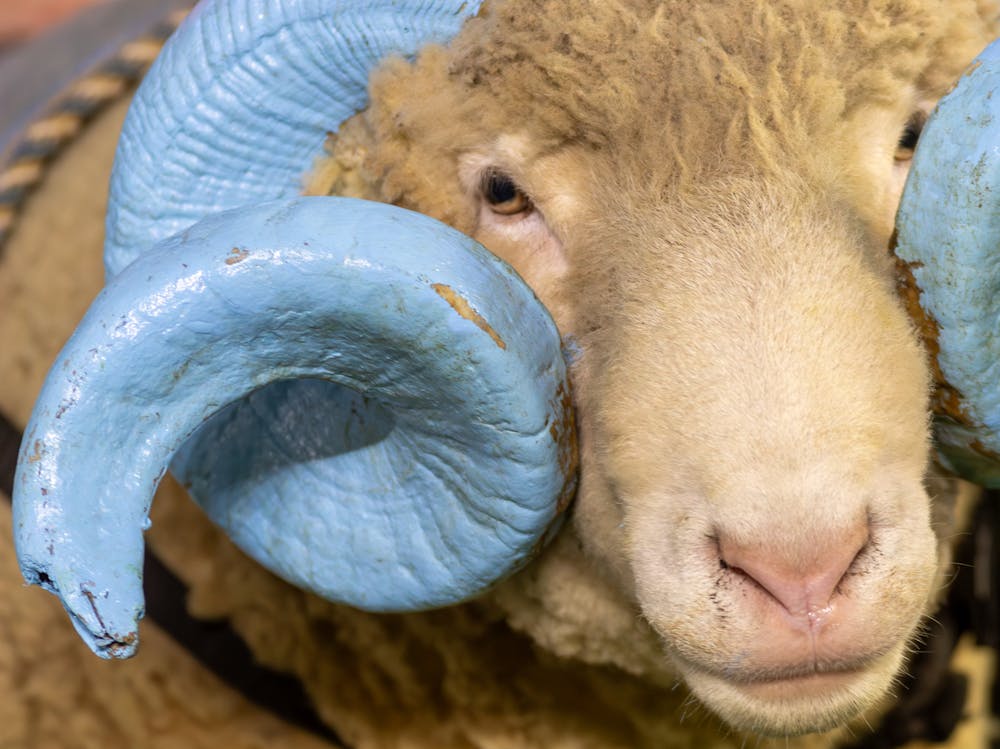For the past 100 years, a live Dorset Horn Sheep has stood on the sidelines of UNC football games at Kenan Memorial Stadium bearing the name Rameses — its horns painted UNC blue.
The tradition began in 1924 when UNC cheerleader Vic Huggins suggested that the Tar Heels needed a live mascot to compete with other schools, like the University of Georgia's bulldog or University of Texas at Austin's longhorn, UNC archivist Nicholas Graham, said.
The Tar Heels' nickname made it difficult to find an animal to represent the school, Graham said. However, Huggins was inspired by a fullback on the football team, Jack Merritt, who was nicknamed "the battering ram” by fellow students.
After borrowing $25 from Charles T. Woollen, the University’s business manager at the time, Huggins bought and shipped a ram in from Texas.
“It’s a wild history,” Graham said.
The first Dorset Horn Sheep to serve as Rameses — Rameses I — made his first appearance at a pep rally before a home game against the Virginia Military Institute in November 1924. Since then, Rameses has represented the University as its official mascot.
Graham said Rameses I only lived for one year after his first appearance, and Rameses II also died after a year.
The first two rams are rumored to have lived on campus under the supervision of students in Caldwell Hall, he said.
In 1936, the caretaking of Rameses was delegated off-campus to a local farm owned by the Hogan family, now called Hogan's Magnolia View Farm.Henry Hogan, a former football player at UNC, offered to keep the ram at his family’s farm.



